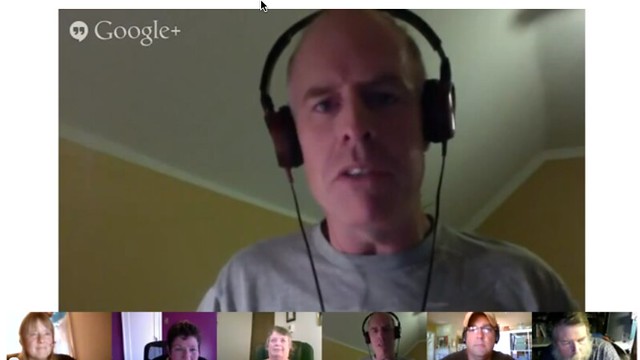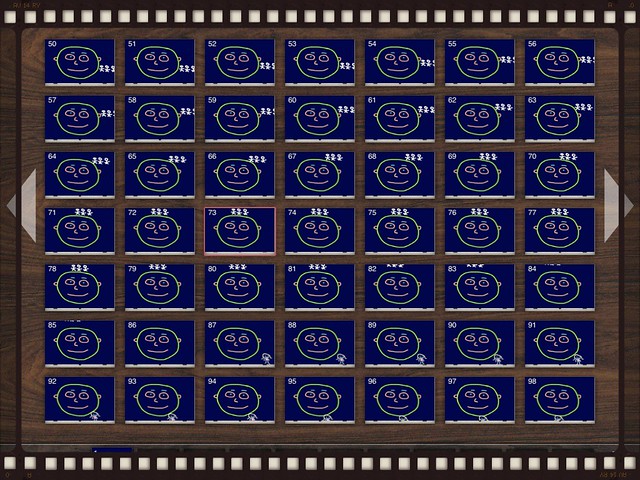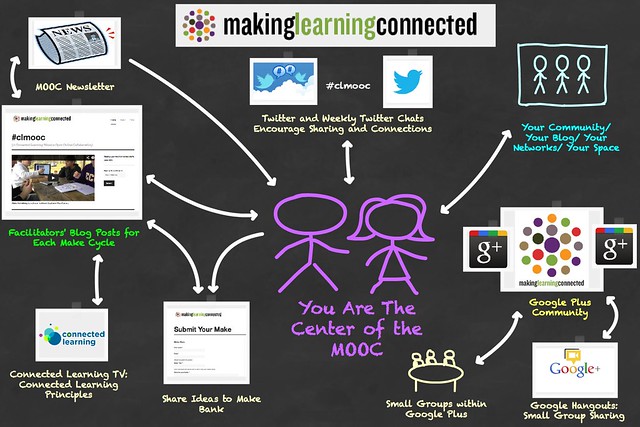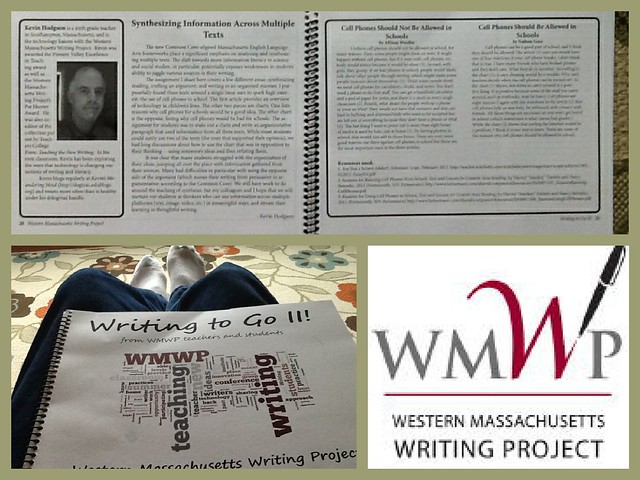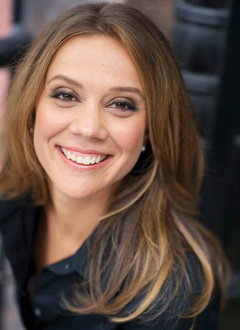
At a professional development I was co-facilitating the other day with the Western Massachusetts Writing Project, we were very fortunate to have Maggie Roberts (from Teachers College) skype into our session to chat with us about the idea of informational writing. This has been one of the topics that we have been exploring with this group of teachers for much of the school year, and Roberts thoughtful analysis and sharing of strategies and conceptual ideas around the shifts to more informational writing was very helpful.
What I found most useful were Maggie’s overview of the qualities of informational writing:
- Focus on the topic – narrowing the focus of the writer from general to specific;
- Organize with a logical structure, so that the pieces fit and work together;
- Group ideas in a meaningful way that is clear and compelling to the reader;
- Use transition language — from paragraph to paragraph, from idea to idea, etc.;
- Tap into specific terminology and vocabulary of the subject, and ensure the reader understands;
- Elaborate with detail;
- Structure the writing — flow from start to middle to finish.
I think we all found these ideas handy to keep in mind when our students are working on informational text, and we even talked a bit about how students have an internalized understanding of fiction (because it is a central part of their reading and listening experience) but not so much with non-fiction, and that makes moving from reader to writer all the more difficult. It requires much scaffolding and mentoring.
I also liked how Maggie explained three main ways to think of research:
- Lived experiences (personal)
- Text-based reading (traditional research, online and offline)
- Investigation of sources (interviews, experts,etc.)
This validates the students’ view of the world even as it encourages an unfolding of experience to how others see a topic. That was a nice way to frame the idea of research from our notion of “open the book, take notes” to “what do you know, and where can you go to find out more.)
Thanks, Maggie!
Peace (in the visit),
Kevin
